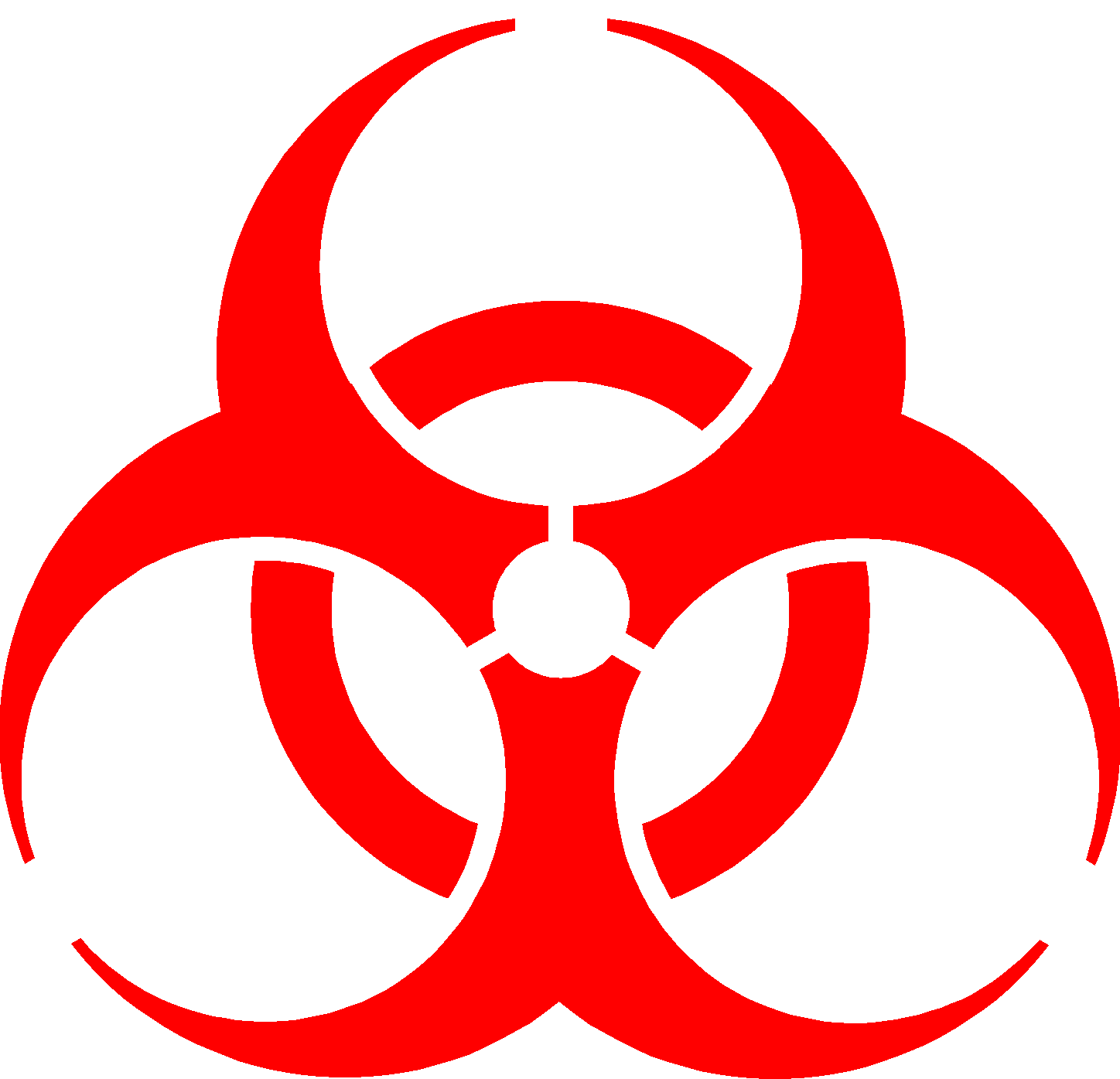Coryneform Bacteria
By M Borisova, H Coates, K Durber-Stoneman, E Wilcher
Cellulomonas differ from other coryneforms because:
-
They are facultative anaerobes
-
They have the ability to enzymatically degrade cellulose
-
They contain some species that are motile:
-
Cellulomonas aerilata (Lee et al., 2008)
-
-
and some species that are non-motile: like standard coryneforms:
-
Cellulomonas flavigena (Abt et al., 2010)
-
Cellulomonas
Cellulomonas are one of the genera that make up the coryneforms. They display typical coryneform morphology: they are Gram-positive rods. Also Cellulomonas contain a high G+C content, usually 68.5-76.0, which is common in coryneforms. This group of bacteria belong to the family Cellulomonadaceae which belongs to the suborder: Micrococcineae. This suborder has derived from the Order Actinomycetales which belongs to Actinobacteria Class and Phylum (Stackebrandt and Schumann, 2014).
Kingdom
Phylum
Class
Order
Suborder
Family
Genus
Bacteria
Actinobacteria
Actinobacteria
Actinomycetales
Micrococcineae
Cellulomonadaceae
Cellulomonas
Figure 1. Shows the taxonomy of Cellulomonas based on Stackebrandt and Kandler, 1979.
Habitat
Cellulomonas, like many coryneform bacteria, are commonly found naturally in soil and sludge. However, occasionally strains are isolated from different habitats such as deep sea water or alkaline environments. They are found widely in decaying plant matter and have been infrequently isolated from within the rumen of animals such as cows and sheep (Zhang et al., 2013 and Hatayama et al., 2013).
Pathogenicity
This group of coryneforms are not known for being dangerous pathogens, and are generally classed as having low virulence. Although, there has been some evidence that Cellulomonas can cause serious disease. An example of where this has happened is in a 78 year old lady who suffered from endocarditis as a result of Cellulomonas infection. However, this lady was elderly and had an already compromised immune system, therefore it has been suggested that Cellulomonas will only act as an opportunistic pathogen. This patient presented symptoms of sporadic fever and persistant lower back pain (Lai et al., 2009). A case similar to this in symptoms was associated with an intravenous drug user, and was therefore injected directly into the bloodstream (Logar and Lejko-Zupanc, 2013).
Cell Wall Degradation
Cellulomonas are one of the few bacteria that are capable of degrading cellulose. This is why on some occasions these bacteria have been found within the rumen of cows and sheep. Not only are these bacteria useful for the break down of cellulose within the environment, but it is possible that Cellulomonas will be useful production of biofuels. This is because it is hoped that the enzymes produced from these bacteria will be able to be used to break down cellulose still present in waste plant products and crops grown specifically for biofuel production. This would increase the efficiency and amount of useful product produced (Halsall and Gibson, 1985). Cellulomonas is more useful in this process than other micro-organisms such as fungi because it produces the whole complement of cellulose degrading enzymes: exoglucanases, endoglucanases and cellulobiose (Saratale et al., 2010).



